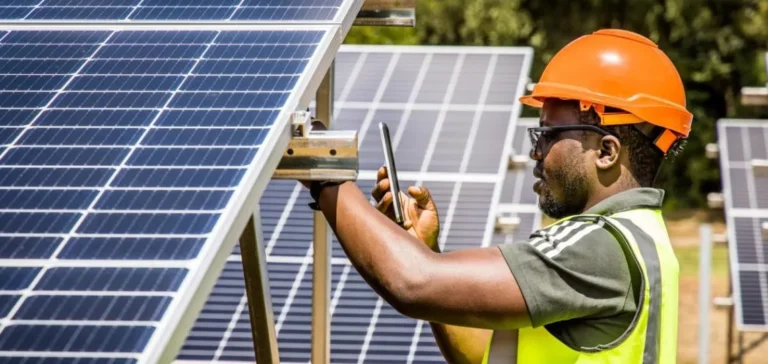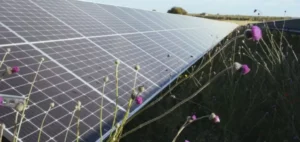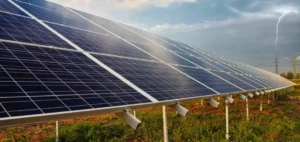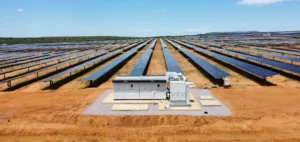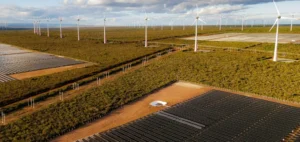Installed solar capacity across the African continent is expected to rise by 42% in 2025, marking a turning point in the region’s energy trajectory. According to the report “Africa Market Outlook for Solar PV 2025-2028” published by the Global Solar Council (GSC), this growth will bring new installations for the year to around 3.4 GW, up from 2.4 GW in 2024.
This growth comes as 380 GW of solar capacity was added globally in the first half of 2025, a 64% increase from last year, according to think tank Ember. China leads global additions with 67% of the capacity installed, followed by India and the United States. By comparison, Africa still accounts for a limited share, but its potential remains significant.
Broader deployment of projects across the continent
The GSC report indicates that by 2025, 18 African countries are expected to surpass the symbolic threshold of 100 megawatts (MW) of installed capacity. This broader deployment of solar projects reflects a shift in investment strategy across the continent, aimed at supporting demographic growth and increasing electricity demand.
Africa’s solar potential remains largely untapped, despite the continent possessing, according to GSC, 60% of the world’s best solar resources. At present, photovoltaics account for only 3% of the continent’s electricity production, a marginal figure given the richness of available natural resources.
Target of 23 GW additional capacity by 2028
By 2028, Africa is expected to add an additional 23 GW of capacity, according to Global Solar Council projections. This expansion aligns with international efforts to triple global renewable energy capacity by 2030. Growth prospects depend largely on targeted financing, improved regulatory stability, and increased mobilisation of public and private stakeholders.
However, the development of photovoltaic projects remains subject to several constraints, including limited access to financing, high logistical costs in certain areas, and the need for a more robust integration framework within national power grids. Despite these challenges, the trend toward accelerated growth in Africa’s solar market appears firmly underway.


